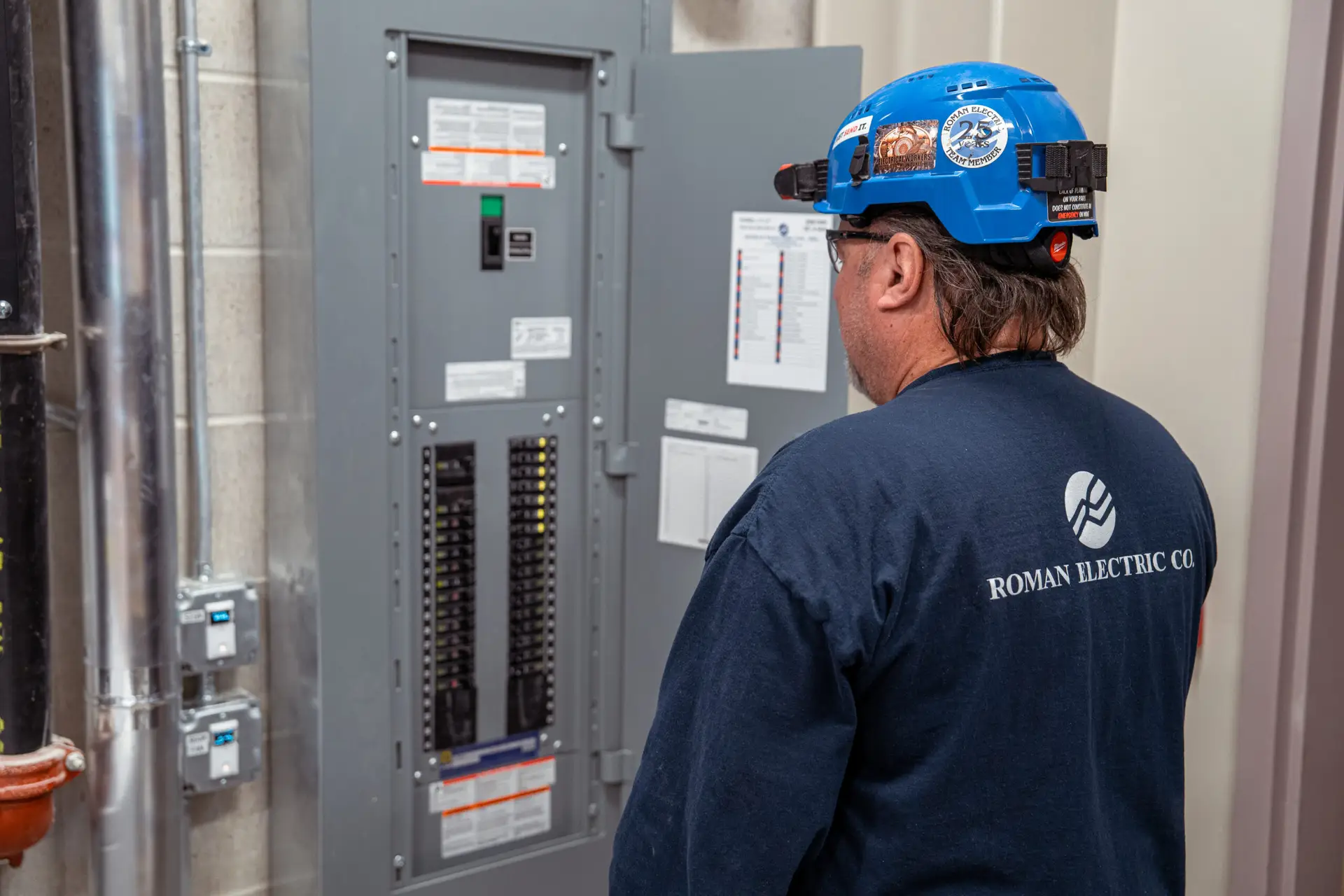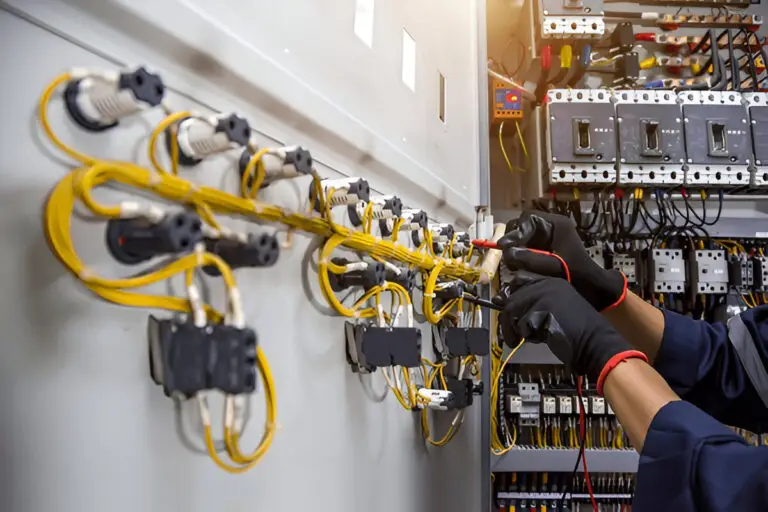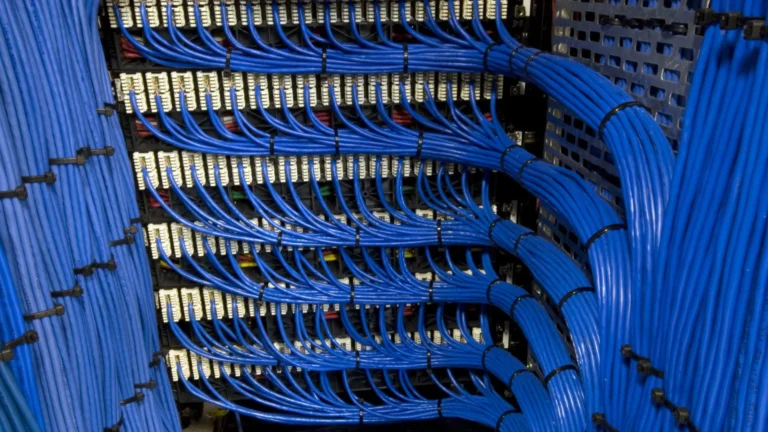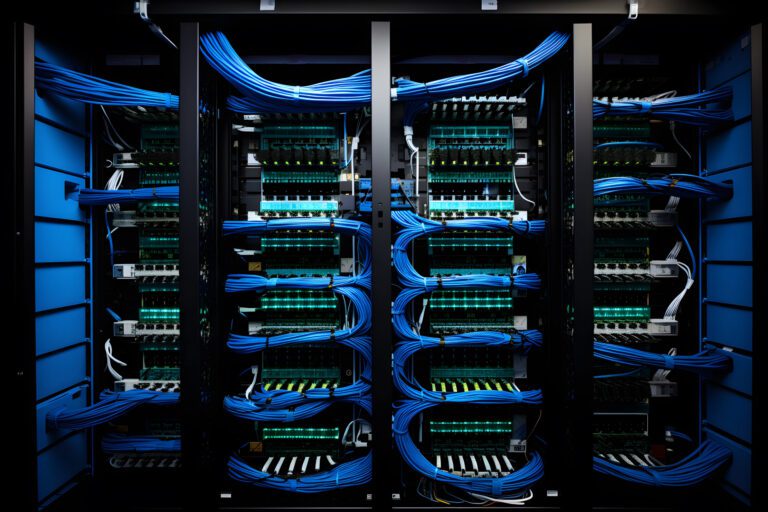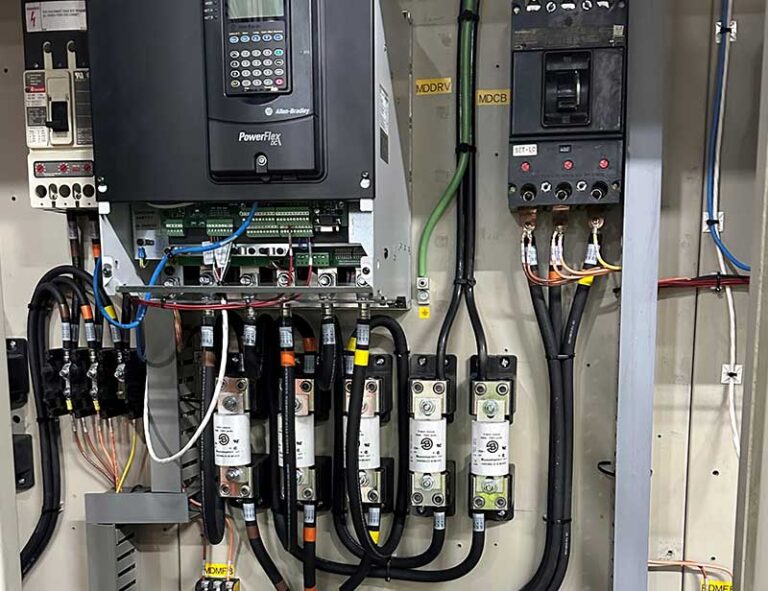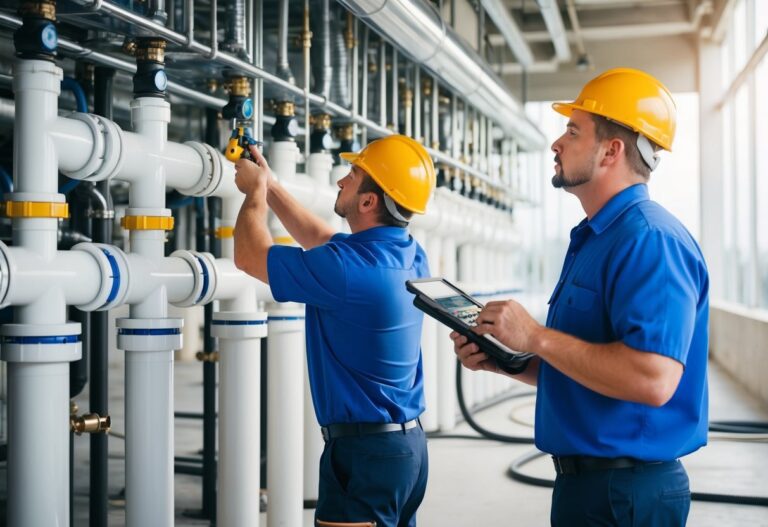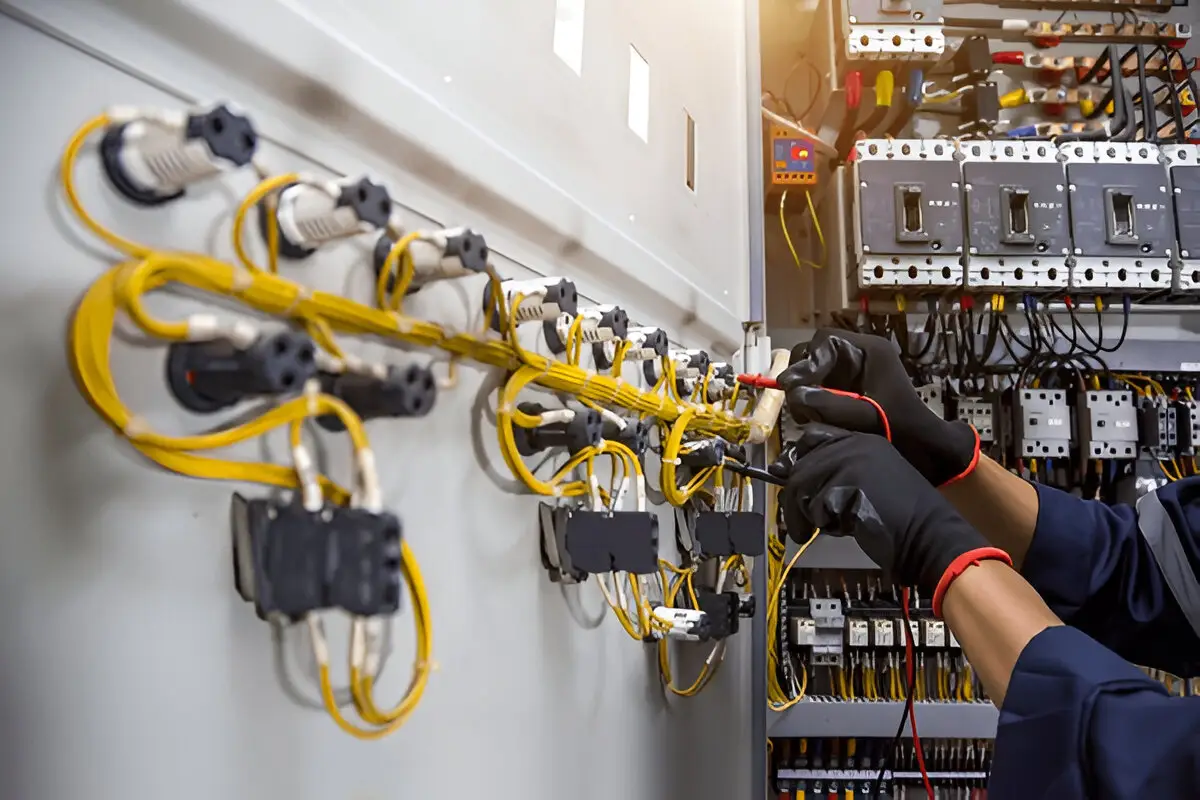In the modern world, the commercial building sector stands at a significant juncture where economic demands intersect with environmental responsibilities. Across the United States, commercial buildings consume almost 19% of the total energy produced annually, presenting both challenges and opportunities in the realm of energy efficiency (Energy Information Administration). At a time when sustainability is not just a trend but a necessity, implementing energy efficiency strategies becomes crucial in reducing operating costs and minimizing carbon footprints.
What is the Current Energy Consumption Scenario in Commercial Buildings?
Commercial buildings in the United States account for an energy consumption rate that impacts both operational budgets and environmental goals. Analyzing the Commercial Buildings Energy Consumption Survey, lighting, heating, cooling, and ventilation constitute the majority of energy usage:
| Energy Use Type | Percentage of Total Consumption |
| Lighting | 25% |
| Heating | 18% |
| Cooling | 15% |
| Ventilation | 11% |
With these statistics at hand, the potential for improving energy efficiency within these sectors is apparent. Implementing effective energy management strategies could lead to significant reductions in energy usage and associated costs.
How Can Lighting Efficiency Help Reduce Costs?
Lighting is a predominant energy consumer in commercial buildings. According to the Department of Energy, adopting energy-efficient lighting can reduce consumption by 30% to 60% (Department of Energy). Utilizing LED lighting, smart sensors, and daylighting strategies are pivotal solutions.
Smart sensors can optimize lighting based on occupancy and daylight levels, reducing unnecessary use. For instance, a case study from the Illuminating Engineering Society shows that integrating daylighting controls in an office building led to a 40% reduction in lighting energy usage.
What Are the Benefits of Efficient HVAC Systems?
Heating, ventilation, and air conditioning (HVAC) systems account for a substantial portion of commercial energy use. Energy-efficient HVAC systems can provide significant reductions in energy consumption, with estimates suggesting a 20%-40% reduction in heating and cooling costs (ASHRAE).
The integration of smart thermostats and demand-ventilation controls can lead to enhanced energy profiles. By optimizing temperature setpoints and adjusting ventilation based on occupancy levels, buildings not only reduce energy wastage but also improve indoor air quality.
How Does Building Automation Impact Energy Efficiency?
Building automation systems (BAS) represent a holistic approach to energy management, integrating lighting, HVAC, security, and other systems for optimal energy performance. A study by McKinsey indicates that implementing BAS can result in energy savings of up to 30% by effectively monitoring and managing energy use.
The ability to harness data-driven insights and automate systems allows building managers to predict maintenance needs, ensure operational efficiency, and cut costs, thus promoting sustainability.
Is Retrofit a Viable Option for Existing Buildings?
Retrofitting existing buildings is a practical and impactful way to enhance energy efficiency. The American Institute of Architects notes that improvements can see a reduction in energy use by as much as 30%.
Key retrofitting measures include replacing outdated systems, improving building insulation, and upgrading to modern, efficient systems that are often eligible for financial incentives or tax rebates, further reducing the overall cost burden.
What is the Role of Renewable Energy in Commercial Buildings?
Renewable energy sources, such as solar and wind, are integral in reducing reliance on non-renewable energy and cutting down on greenhouse gas emissions. Finding ways to incorporate renewable energy into commercial buildings can dramatically influence sustainability goals.
According to the International Renewable Energy Agency, combining solar power with energy-efficient measures can cut building energy costs by 40% to 50%.
How Can Energy Management Software Support Efficiency?
Energy management software offers a robust solution for monitoring and optimizing energy use patterns in commercial buildings. These platforms enable real-time monitoring and analytics for informed decision-making.
For instance, programs from Roman Electric provide insightful data that help track energy consumption, identify inefficiencies, and implement targeted improvements that contribute to both cost savings and sustainability.
Are There Financing Options for Energy Efficiency Upgrades?
The financial aspect of implementing energy efficiencies often poses a barrier. However, numerous financial tools and incentives exist to support businesses. Property Assessed Clean Energy (PACE) programs, tax incentives, and rebates provide significant financial relief for these investments.
Such fiscal support can lower upfront costs, making it more feasible for businesses to adopt sustainable energy solutions and reap long-term financial benefits.
How Do Regulations Influence Energy Efficiency in Commercial Buildings?
Legislation plays a crucial role in steering energy efficiency efforts across various sectors, including commercial buildings. States like California have led the charge with proactive energy codes and standards, thereby setting a benchmark for others.
The Energy Policy Act and other federal initiatives provide frameworks for efficiency improvements, pushing for innovation and compliance in commercial building practices as part of the global drive toward sustainability.
How Important is Energy Efficiency in Achieving Sustainability Goals?
In an era where environmental concerns are paramount, energy efficiency in commercial buildings is pivotal to achieving wider sustainability goals. The shift to efficient practices not only aids in cost reductions but positions organizations at the forefront of environmental responsibility.
By adopting energy-efficient strategies, businesses can significantly contribute to reducing global energy demands, controlling emissions, and ensuring a healthier planet for future generations.
What Are the Key Takeaways from Energy Efficiency in Commercial Buildings?
As the world pivots towards sustainable practices, commercial buildings must prioritize energy efficiency for economic and environmental benefits. Through strategies such as lighting upgrades, HVAC improvements, and renewable energy integration, businesses can decrease energy costs and promote a more sustainable operation.
The path to energy efficiency is filled with potential benefits and challenges; however, with data-backed strategies and appropriate financial support, the commercial building sector can lead the charge toward a greener, more cost-effective future.
FAQs About Energy Efficiency in Commercial Buildings
What are some best practices for reducing energy usage in commercial buildings?
Adopting best practices for reducing energy usage in commercial buildings entails implementing energy-efficient lighting solutions, optimizing HVAC systems, and using advanced building automation systems (BAS). Transitioning to LED lighting, deploying daylight and motion sensors, and utilizing smart thermostats can significantly cut down energy consumption. Energy audits are valuable as they provide a detailed understanding of energy use and highlight areas for improvement. These strategies collectively contribute to reducing operational costs and promoting sustainability while maintaining occupant comfort. Guidance from energy management firms like Roman Electric can offer tailored solutions based on specific building needs.
How does improving energy efficiency impact building occupants?
Energy efficiency improvements not only reduce energy costs and environmental impacts but also enhance occupant comfort and productivity. Efficient systems ensure stable indoor temperatures, improved air quality, and better lighting conditions, creating a conducive working environment. For example, energy-efficient lighting reduces glare and enhances visual acuity, leading to increased employee productivity and satisfaction. Furthermore, improved ventilation systems contribute to better overall health outcomes by delivering cleaner air. Thus, energy efficiency investments in commercial buildings offer a comprehensive advantage beyond mere economic savings.
Are there government incentives for upgrading to energy-efficient systems?
Yes, several government incentives exist to encourage the adoption of energy-efficient systems in commercial buildings. This includes tax incentives, rebates, and programs like Property Assessed Clean Energy (PACE) that facilitate financing energy efficiency projects. These incentives reduce upfront costs, making it more attainable for businesses to transition to sustainable practices. On both federal and state levels, various initiatives are customized to support the commercial sector, which may also include grants and interest-free loans for specific upgrades. These incentives play a vital role in mitigating financial barriers and accelerating the adoption of energy-efficient solutions.
What role do renewable energy sources play in commercial buildings?
Renewable energy sources such as solar, wind, and geothermal play an integral role in enhancing energy efficiency and sustainability in commercial buildings. By diversifying the energy mix and incorporating renewable energy systems, businesses can significantly cut energy costs and reduce carbon footprints. Solar panels, for example, provide a clean energy solution that generates electricity on-site, leading to a decrease in reliance on grid power. Combined with energy efficiency measures, renewable energy supports a holistic approach to achieving sustainability goals. Moreover, implementing these resources can often be supported by incentives, making them a feasible option for long-term environmental stewardship.
What challenges do businesses face in implementing energy efficiency measures?
The implementation of energy efficiency measures in commercial buildings is often met with challenges such as high initial costs, lack of awareness, and potential disruption to business operations during retrofitting. Despite the availability of financial incentives, the upfront expense can still be a limiting factor for some enterprises. Awareness is crucial, as decision-makers must be informed of the long-term benefits and savings that efficient systems offer over time. Additionally, the transition phase can lead to temporary operational disruptions, which requires careful planning and phased implementation to mitigate. These challenges need to be addressed strategically to maximize adoption and effectiveness.
By focusing on energy efficiency, commercial buildings not only reduce costs and enhance sustainability but also contribute positively to the broader environmental goals essential for future resilience.

